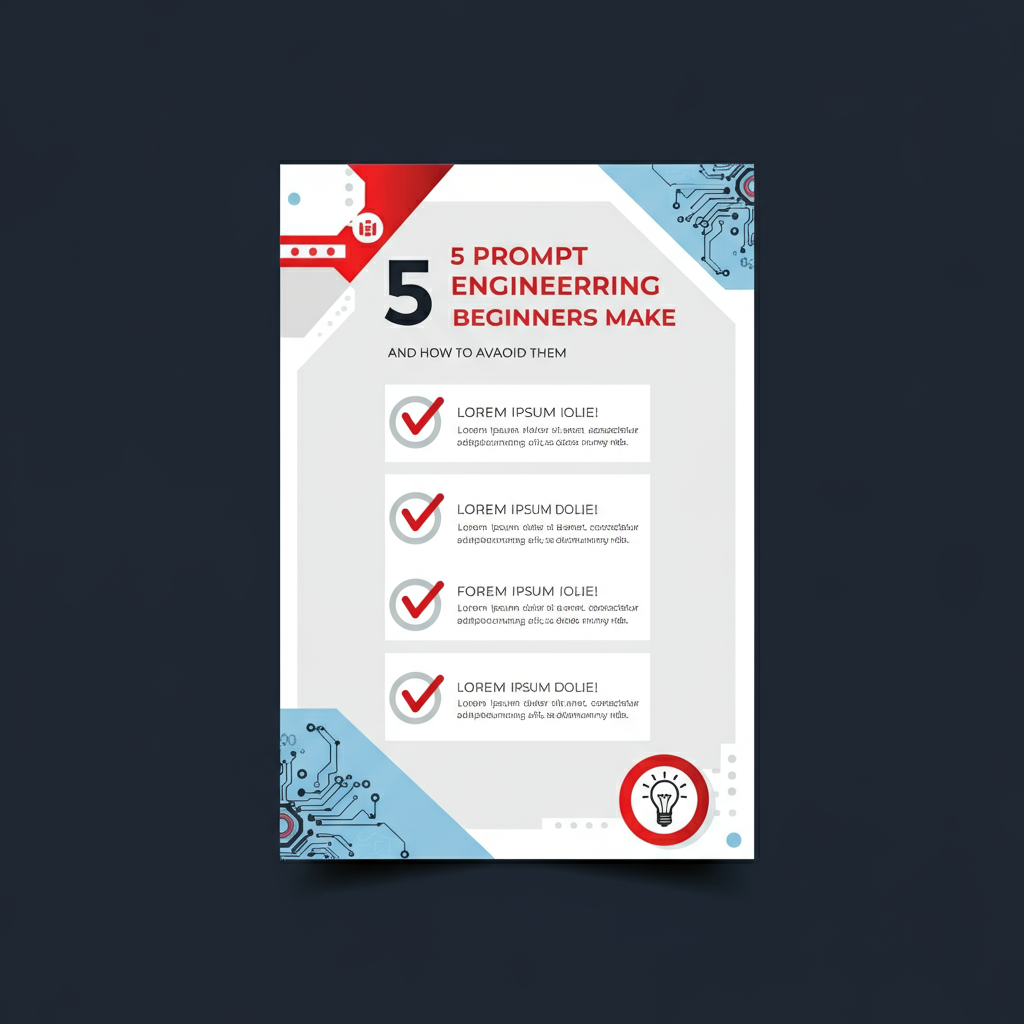Are you looking to drive more visitors to your website without spending a fortune on paid ads? Growing your organic traffic is the answer you’ve been searching for. The beauty of organic traffic lies in its sustainability, cost-effectiveness, and ability to attract genuinely interested users.
But how do you cut through the noise and climb search engine rankings amid fierce competition? This ultimate guide will show you exactly how to increase organic traffic to your website in 2025. By the end of this post, you’ll have actionable strategies to improve your website traffic and adapt to the latest trends in SEO.
Understanding Organic Traffic
What is Organic Traffic?
Organic traffic refers to visitors who arrive at your website from non-paid search engine results. Unlike paid traffic, it comes from users who search for a particular term or phrase on platforms like Google or Bing and click on your website’s result.
For example, if someone searches for “best coffee beans” on Google and clicks your blog post on the topic, that’s organic traffic.
Why is Organic Traffic Important?
Organic traffic should be a priority for any business or content creator. Here’s why:
- Cost-effective: You don’t have to pay for ads or clicks, making it a sustainable long-term strategy.
- High user intent: Users searching organically are likely looking for solutions or information, making them more engaged.
- Consistent growth: Once established, organic traffic compounds over time, making it a reliable source of visitors.
- Better conversions: Since organic visitors are looking for something specific, they’re more likely to convert into leads or customers.
SEO Fundamentals for Organic Traffic
Keyword Research
Keyword research is the backbone of any successful SEO strategy. Follow these steps to uncover high-performing keywords:
- Use tools like Google Keyword Planner, Ahrefs, or SEMrush to find relevant short-tail and long-tail keywords.
- Focus on keywords with a healthy balance of high search volume and low competition.
- Consider user intent by targeting keywords aligned with informational, transactional, or navigational queries.
For example:
- Informational: “How to start a blog”
- Transactional: “Best blogging platforms for beginners”
- Navigational: “WordPress tutorial”
On-Page Optimization
Once you’ve identified the right keywords, focus on optimizing your website’s content. Key steps include:
- Adding your target keyword in meta titles, headers (H1, H2, etc.), and image alt text.
- Writing compelling meta descriptions that attract clicks.
- Including internal links to related blog posts, enhancing website navigation.
Off-Page Optimization
Off-page SEO revolves around activities outside your site that impact rankings. The most important aspect? Backlinks. Quality backlinks act as votes of confidence from other websites. Build backlinks by:
- Writing guest posts for high-authority sites.
- Reaching out to bloggers for collaborations.
- Creating shareable infographics and resources.
Content Marketing Strategies
Creating High-Quality Content
Content will continue to reign supreme in 2025. Here’s the golden rule for content marketing success:
- Focus on creating content that solves your audience’s problems.
- Write comprehensive guides that answer all common questions on a topic.
- Use visuals like videos, infographics, and images to make your content engaging.
For example, a blog titled “10 Proven Ways to Boost Website Traffic” could include a mix of examples, step-by-step processes, and actionable insights.
Content Distribution
Publishing great content isn’t enough. You need to get it in front of the right audience. Distribute your content across multiple platforms:
- Social media: Share your blog posts on LinkedIn, Twitter, and Facebook.
- Email marketing: Send updates to your subscribers every time new content is published.
- Communities: Engage with niche forums or communities like Reddit or Quora.
Technical SEO

Website Speed and Mobile-Friendliness
Did you know that 53% of users abandon a website that takes longer than 3 seconds to load? Improving your site’s speed and mobile-responsiveness is critical.
- Use tools like Google PageSpeed Insights or GTmetrix to identify speed issues.
- Optimize your images by compressing large files.
- Make sure your website design is responsive and functional across all devices.
Schema Markup
Schema markup helps search engines better understand your content. Use schema to highlight reviews, FAQs, and other elements that can appear as rich results on SERPs (Search Engine Results Pages).
For example, using FAQ schema can help your content be featured in Google’s “People Also Ask” section.
User Experience (UX)
Website Navigation
Poor navigation frustrates users and increases bounce rates. Simplify your website layout with:
- A clear and concise menu structure.
- Breadcrumbs to guide users along their browsing path.
- An easy-to-use search function.
Engagement Metrics
Google tracks user experiences through engagement metrics like time on page, bounce rate, and click-through rates. Encourage engagement by:
- Writing scannable content with headings and bullet points.
- Embedding videos to keep users on your page longer.
Data Analytics and Tracking
Google Analytics
You can’t optimize what you don’t measure. Use Google Analytics to monitor:
- Traffic sources (organic, referral, direct, etc.).
- High-performing pages.
- Keywords driving the most traffic.
Interpreting Data
Regularly analyze your data to identify areas of improvement. For example:
- If a blog has high impressions but low clicks, improve its meta title and description.
- If a page has high bounce rates, optimize its content to match user intent.
Building Authority and Trust
Demonstrating Expertise
Publishing niche-specific content consistently helps build your authority. Showcase your expertise by:
- Sharing case studies, real-life examples, or personal stories.
- Updating content regularly with new insights.
Building Trustworthiness
Trustworthiness matters in SEO. Boost trust with:
- HTTPS certification for website security.
- Transparent information on your team, contact details, and policies.
- Positive reviews and testimonials.
Adapting to Algorithm Updates
Staying Updated
Google rolls out updates regularly. Stay informed by:
- Following SEO news outlets like Moz or Search Engine Journal.
- Participating in webinars or joining SEO communities.
Flexibility
Adapting your strategy quickly is critical when algorithm changes occur. Regularly audit your site to ensure ongoing compliance with the latest SEO best practices.
Prepare for the Future of SEO
Organic traffic remains a crucial component of online success, and building it requires time, effort, and strategic executions. Businesses that master SEO fundamentals, create high-value content, and adapt to technological advancements can expect consistent growth in website traffic.
By implementing the strategies discussed in this guide, you’re not just increasing your visibility, but you’re also building a trusted brand that provides real value. Don’t wait to take action. Start working on your SEO game plan now, and watch your organic traffic climb like never before.



